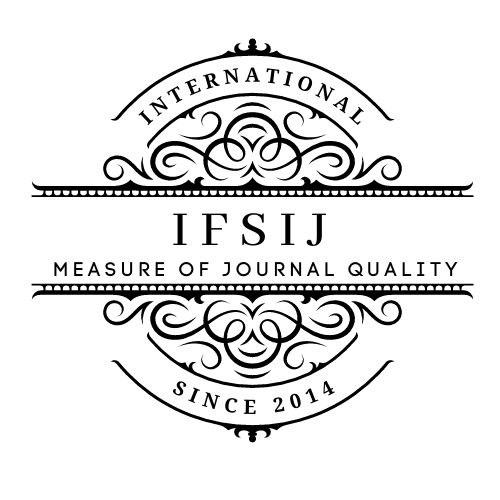Comparative Transmission of Potato Virus X (PVX) in Water-Based Medium between NFT and Soil Cultivation of Pepper Plants
Keywords:
Disease management; plant pathogen; plant viruses; potato virus x; viral transmission.Abstract
Hydroponiccs is a method of growing plants without the need for soil ,using a synthetic growth medium and a solution of mineral fertilizers,. It fights diseases and pests spread by the soil, boosts output, and facilitates better management of the plant environment. While the ability to regulate the distribution of nutrients may be a benefit of the NFT system Plants are also exposed to possible viral contamination when soil-borne infections are reduced. If nutrient solutions are used in hydroponic systems, water-borne plant diseases may spread more quickly, increasing the risk of epidemics if improper management is not practiced. Numerous plant viruses are spread by water, as evidenced by the comparatively wellresearched studies on plant virus prevalence in irrigation water, irrigation water source, and aquatic environment causes.The goal of the study was to make comparisons. Between soil systems and hydroponic systems (NFT, or nutrient film technology), which illuminate the complex dynamics of Potato Virus x transmission. In the fall of 2021–2022, a field survey was carried out for many potato farms in the governorates of Nineveh, Dohuk, and Erbil, which are located north of Iraq. where the infection's signs, which included mild leaf deformation and tiny, alternating-color dots in a modest mosaic shape, were noticed. Depending on the type and field, these symptoms changed.
Downloads
Published
Issue
Section
License

This work is licensed under a Creative Commons Attribution-NonCommercial-NoDerivatives 4.0 International License.















